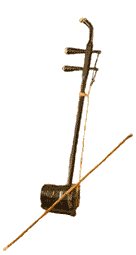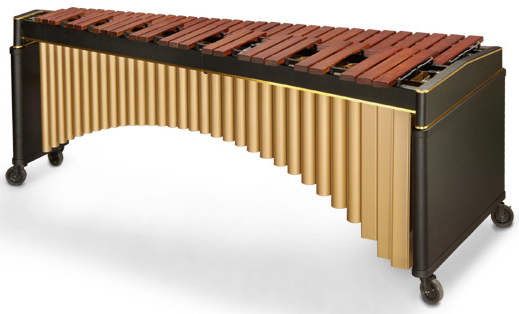
Erhu (Chinese violin) 二胡 (read more)
Originated in Central Asia and introduced to China more than one thousand years ago, the erhu 二胡 belongs to the large family of stick fiddles that are found in many countries. Xiqin 奚琴 was the first bowed instrument mentioned in Chinese literature in Tang Dynasty (618-907 A.D.). It is believed to be the precursor of the erhu. Xiqin was also called huqin 胡琴.
hu = people lived in the north and west of China;
qin = musical instrument
huqin = musical instrument of the hu people, explaining its origin
er = two, stating that the instrument has two strings

Zheng (Chinese zither) 箏
The zheng is a plucked half-tube wood zither with movable bridges, over which a number of strings are stretched. The parent instrument of the Asian long zither family, the history of the zheng can be traced back to 2500 years ago. While the ancient zheng had 12 or 13 silk strings, modern instruments usually have 16, 21 or 25 strings, constructed of metal, or steel wound with nylon. It is traditionally tuned to an anhemitonic pentatonic scale, but many modern scales range from combinations of different pentatonic scales, to diatonic and semi-chromatic scales.

Marimba – The marimba is a wooden keyboard percussion instrument, tuned chromatically. Having roots in the Africa balophone via the Central American marimba, it is now found in ensembles throughout the world, in both folk music and on the concert stage.
Other percussion instruments often used in the ensemble include dumbek, def (frame drum), pai-gu (set of 5 Chinese tuned drums), udu (Nigerian percussion pot), Tibetan bells, zils (Egyptian finger cymbals), Turkish bells, kempul (Javanese gamelan gongs), Buddhist temple bowls, Chinese wind gong, Sichuan opera cymbals, Beijing opera gongs and cymbals, crotales, Chinese temple blocks, ban (Chinese wooden opera clapper), American wood blocks, African log drum.
